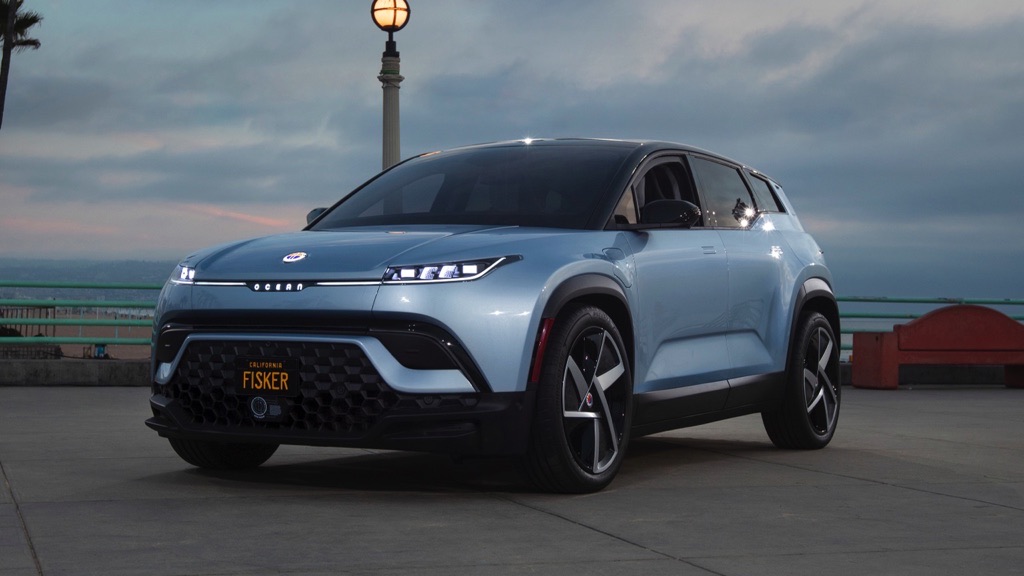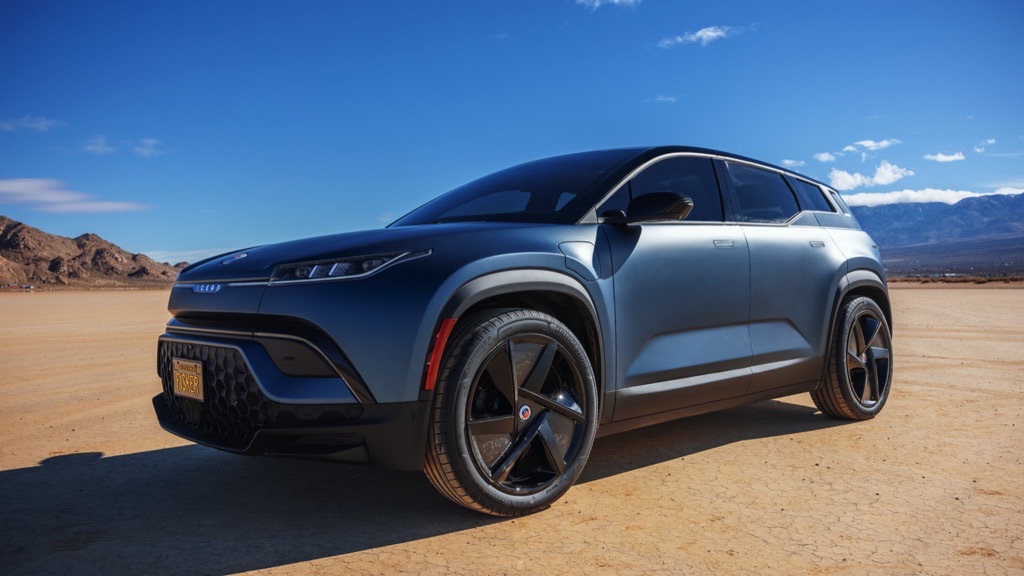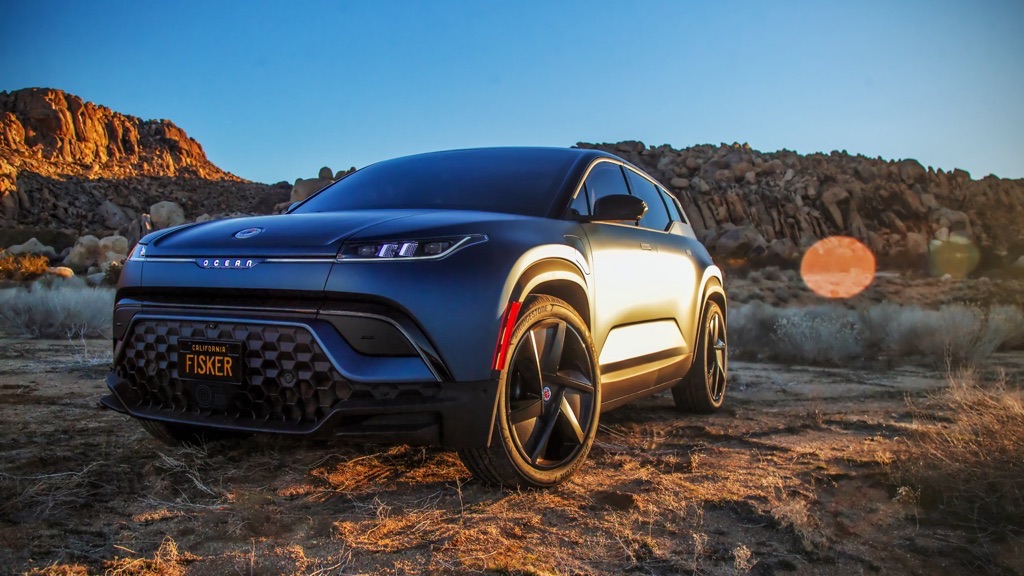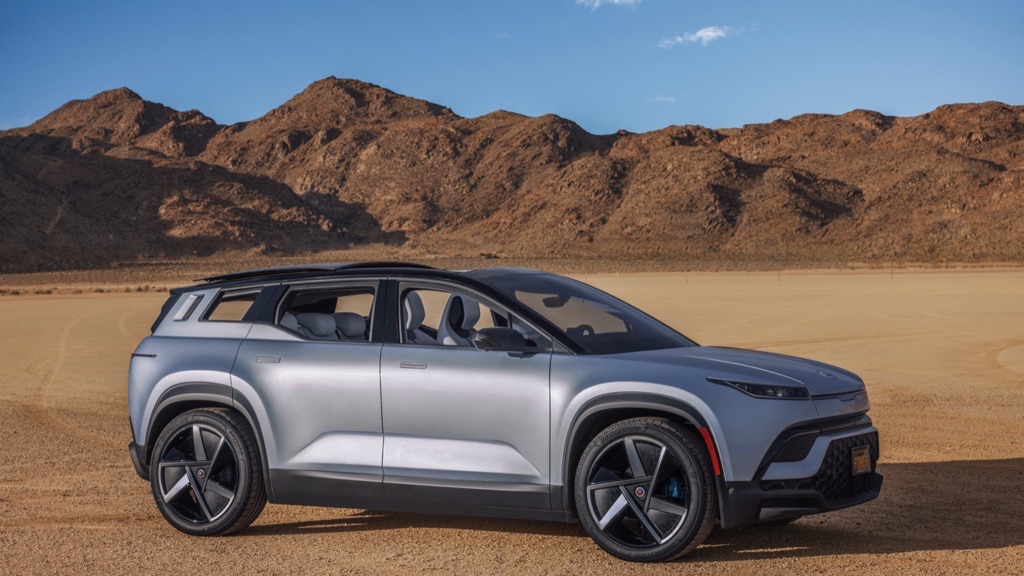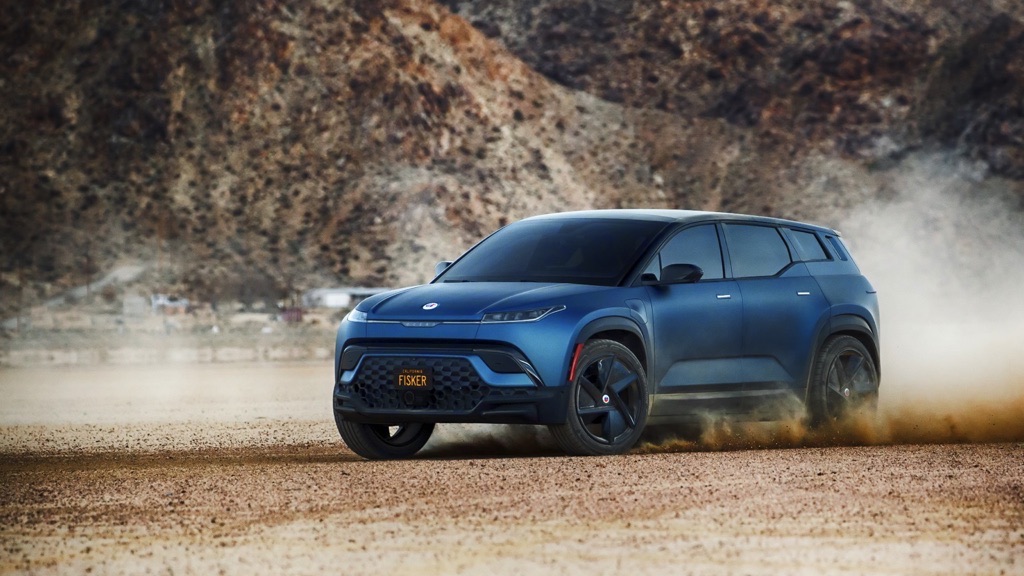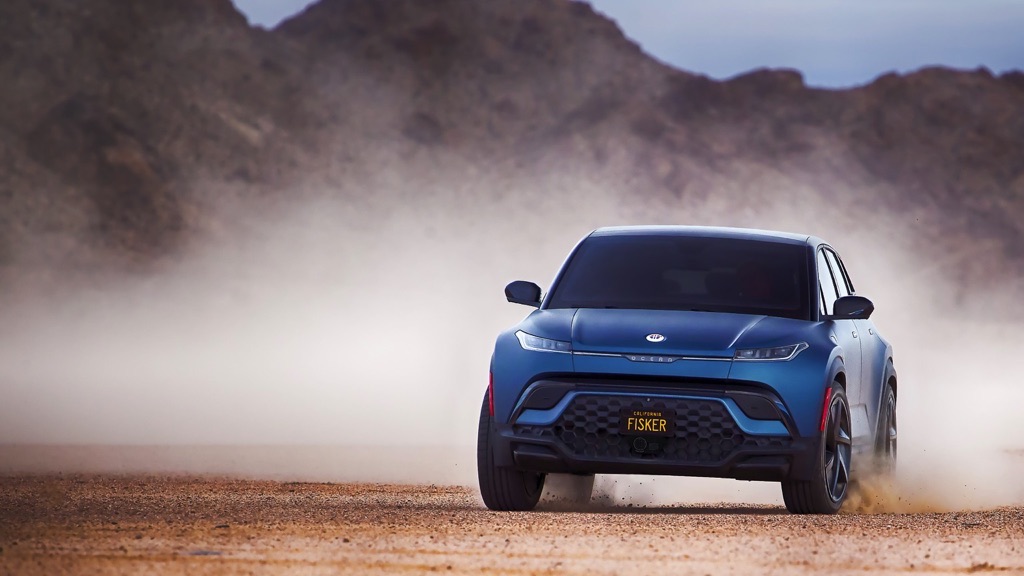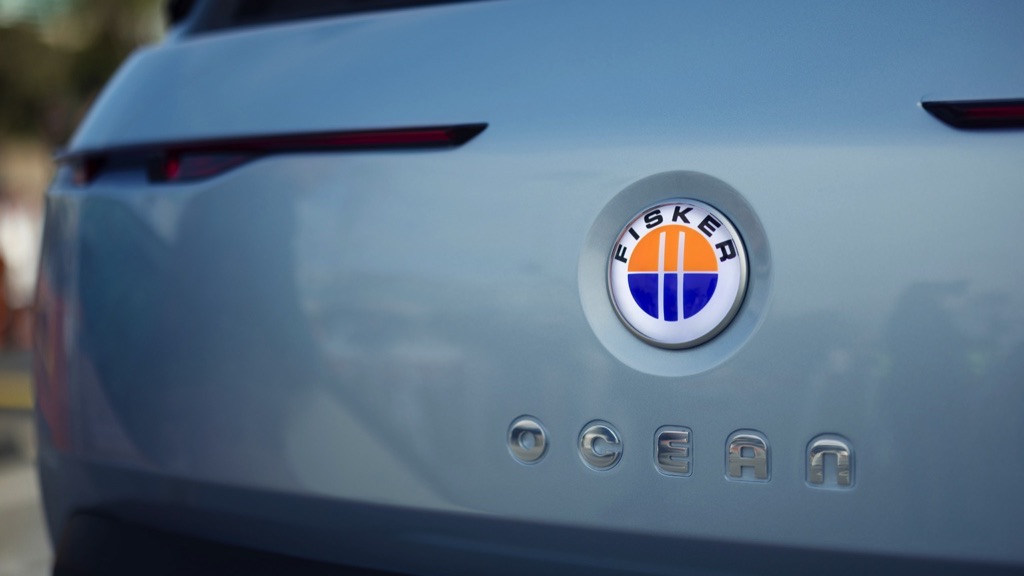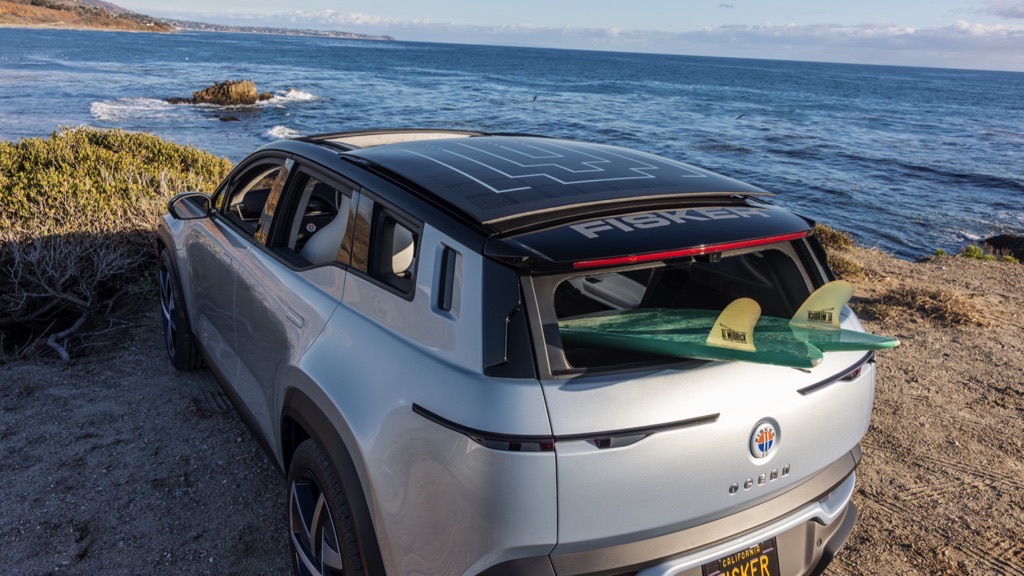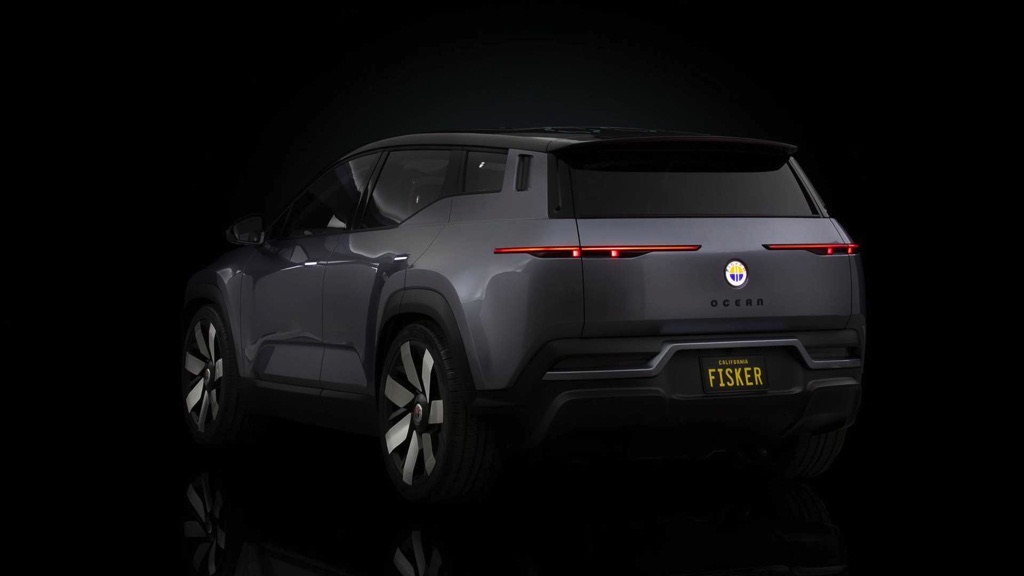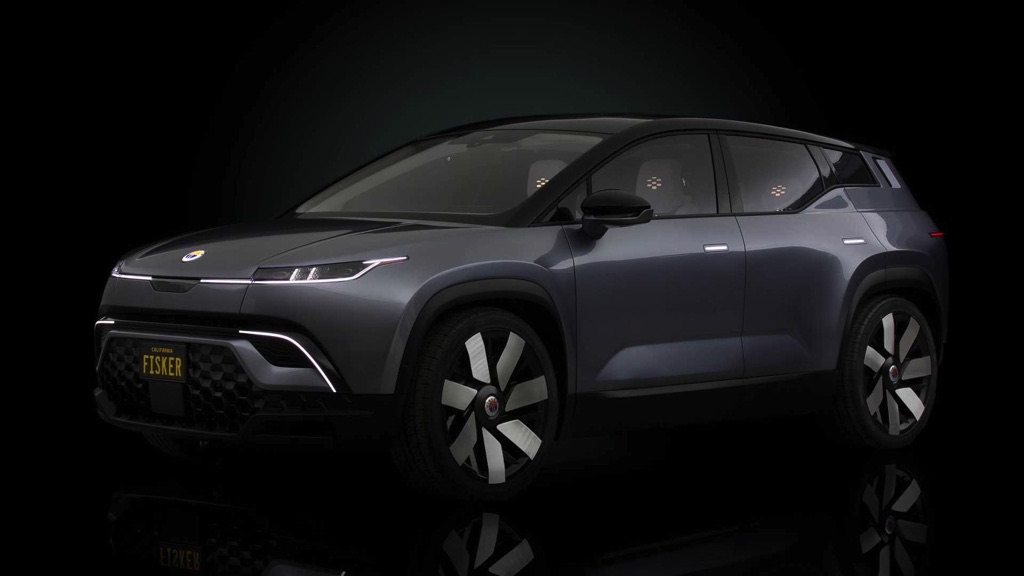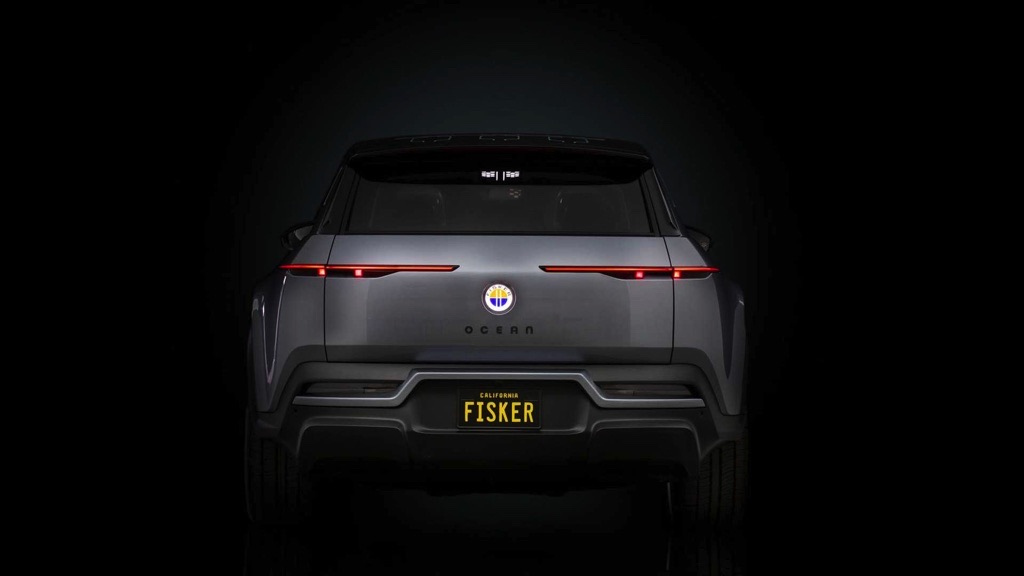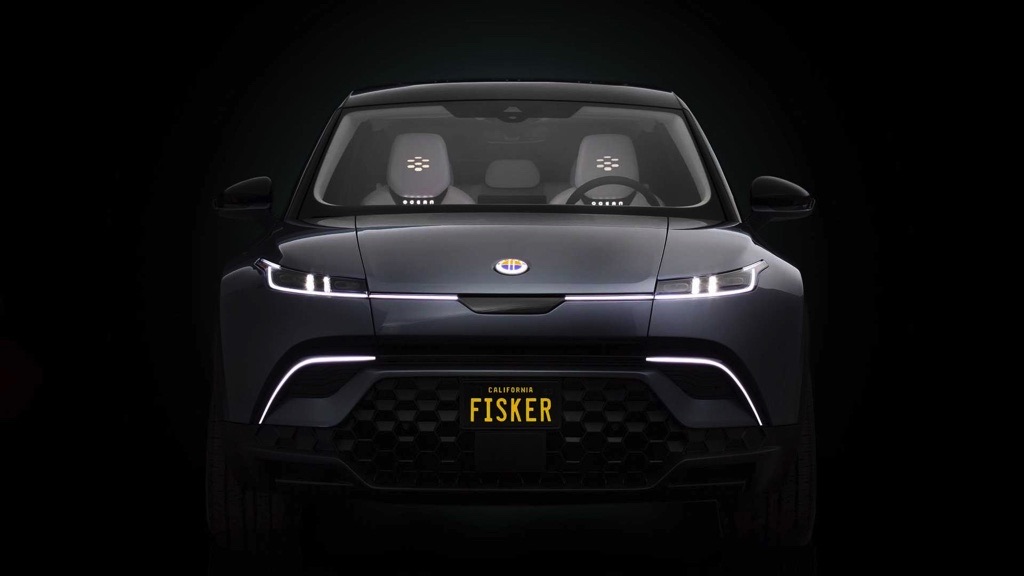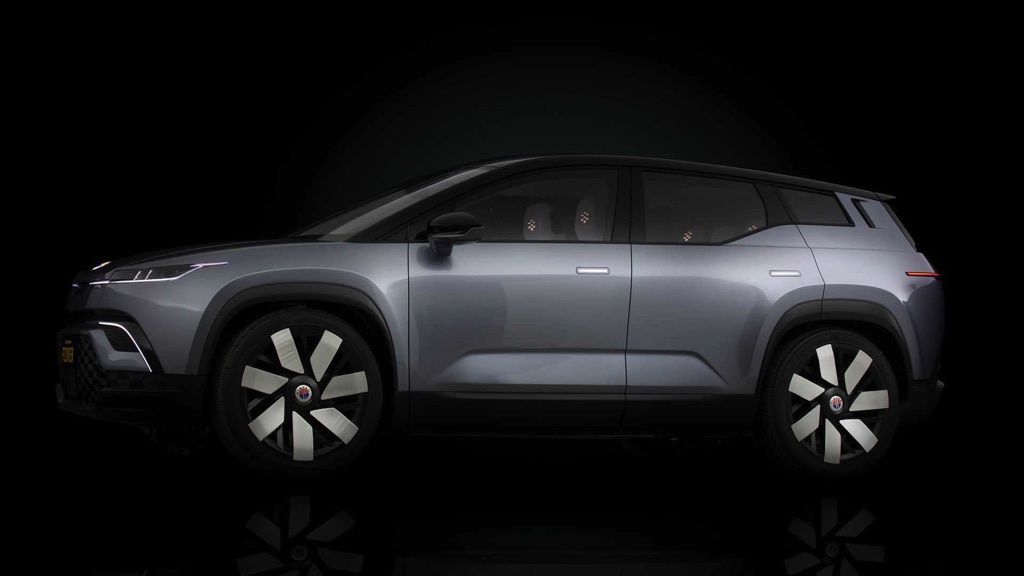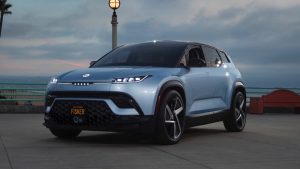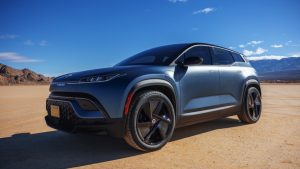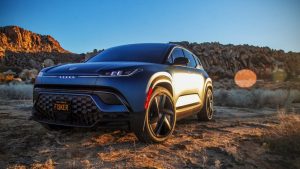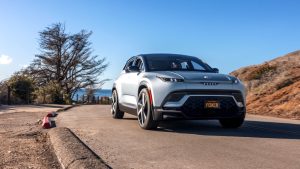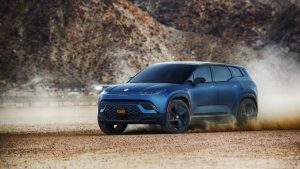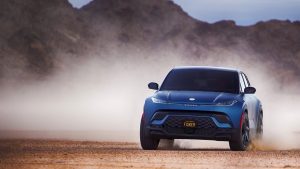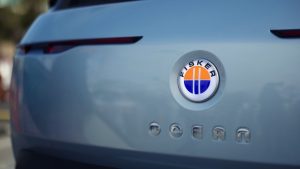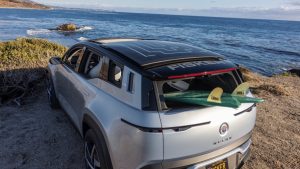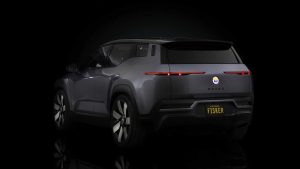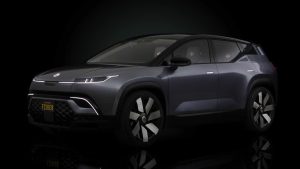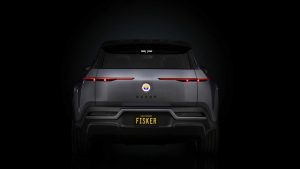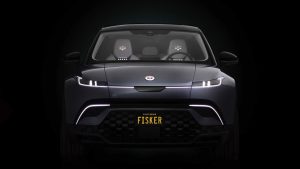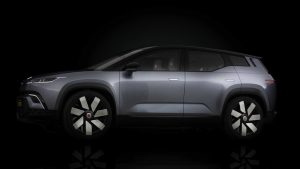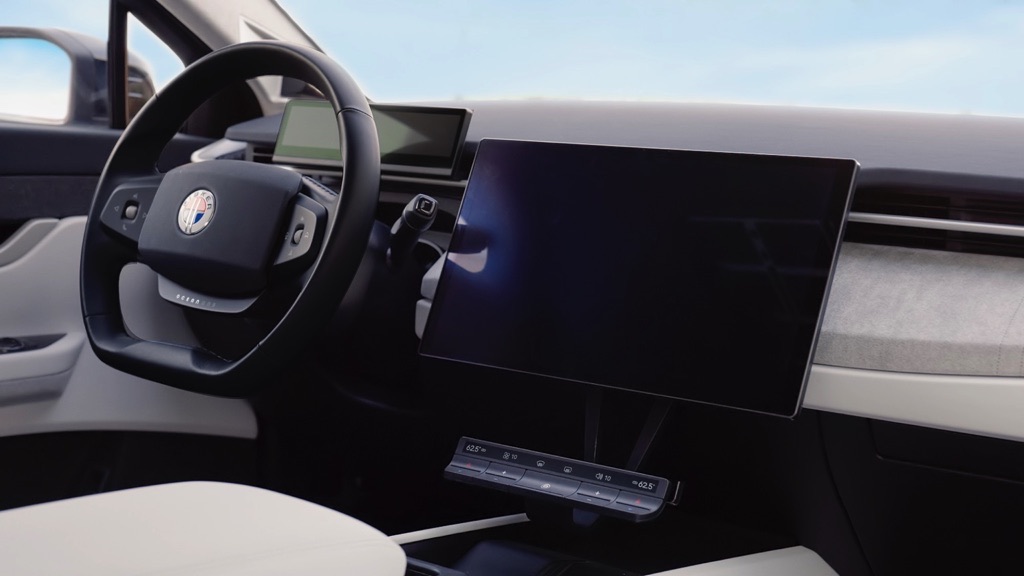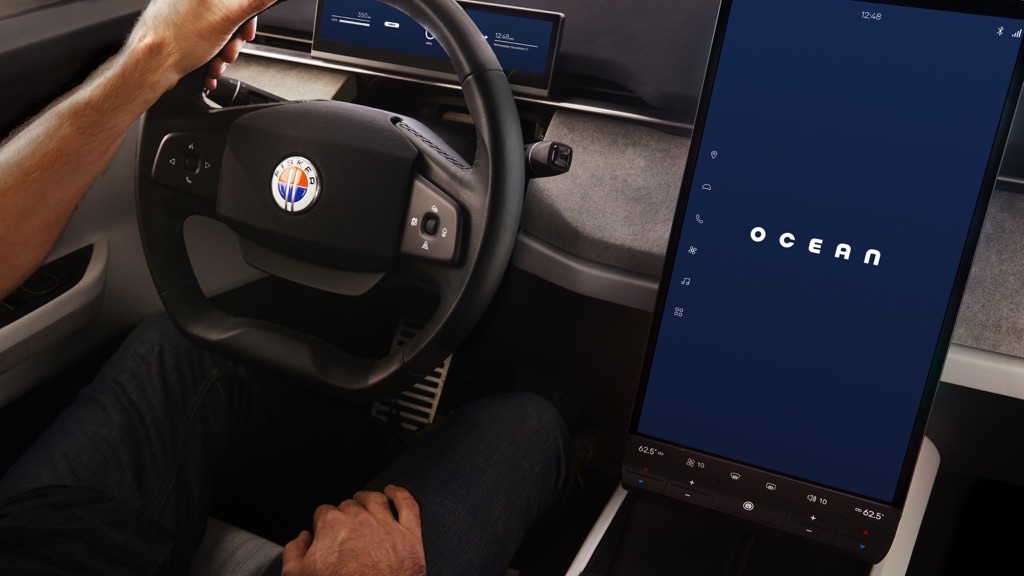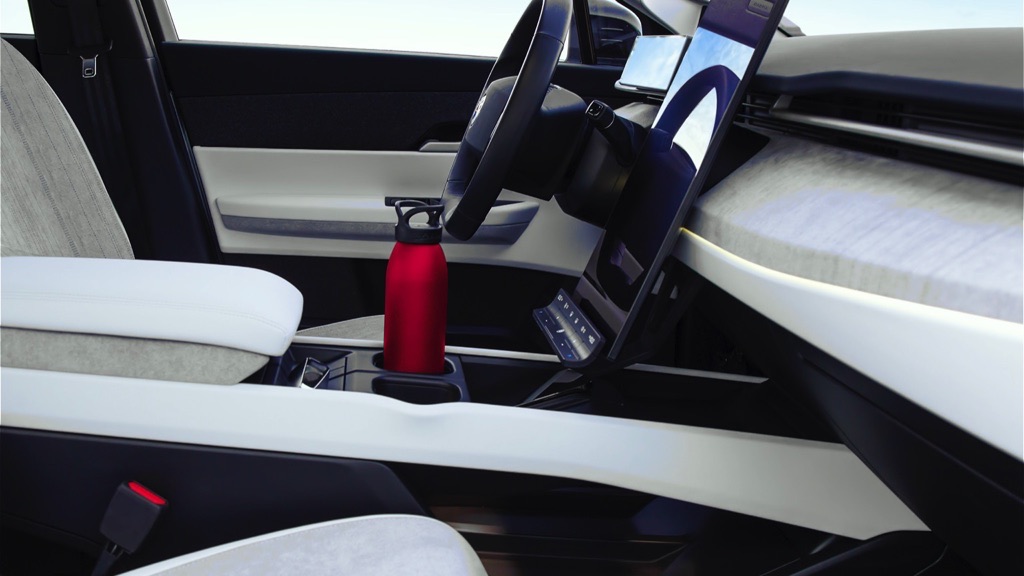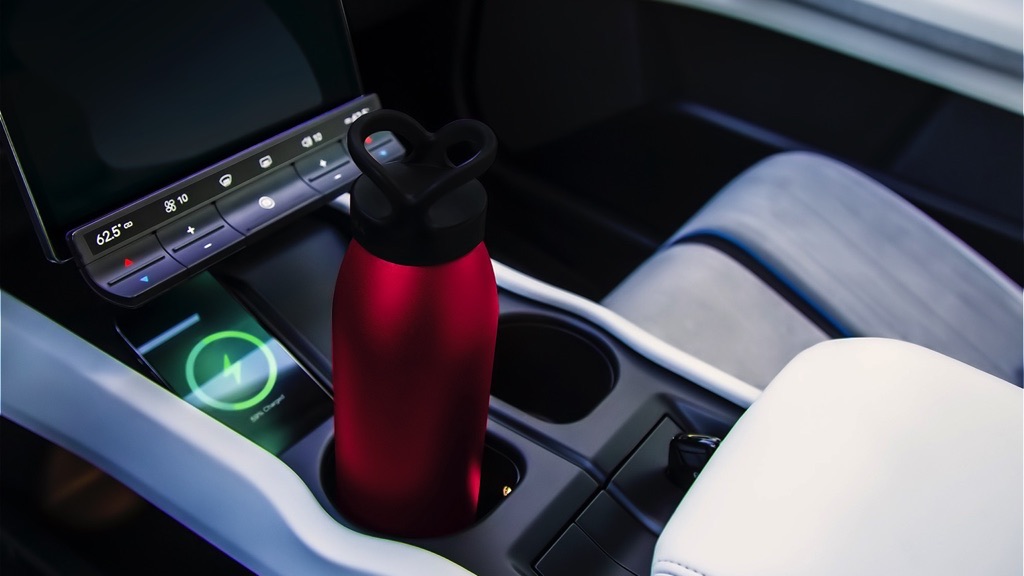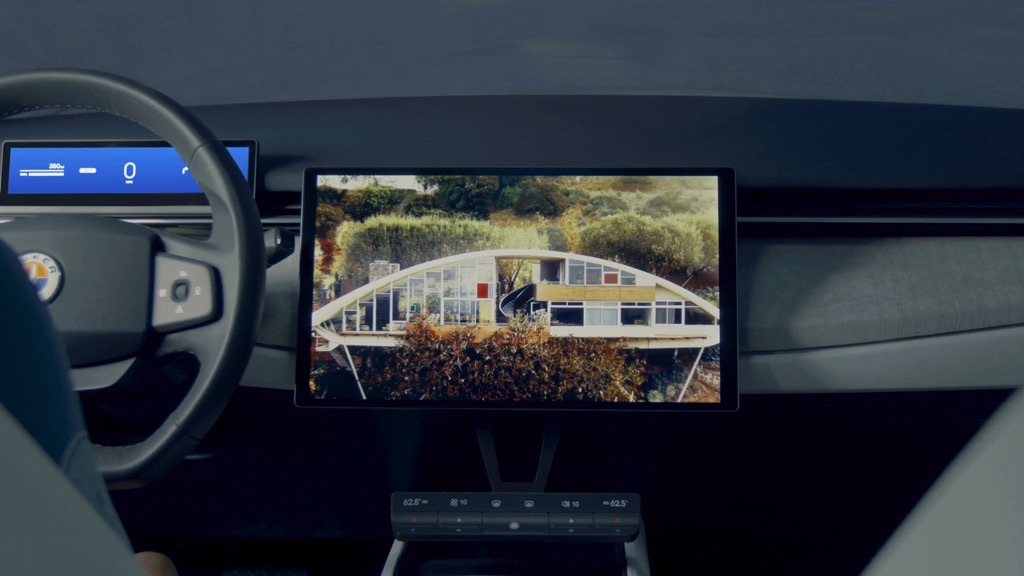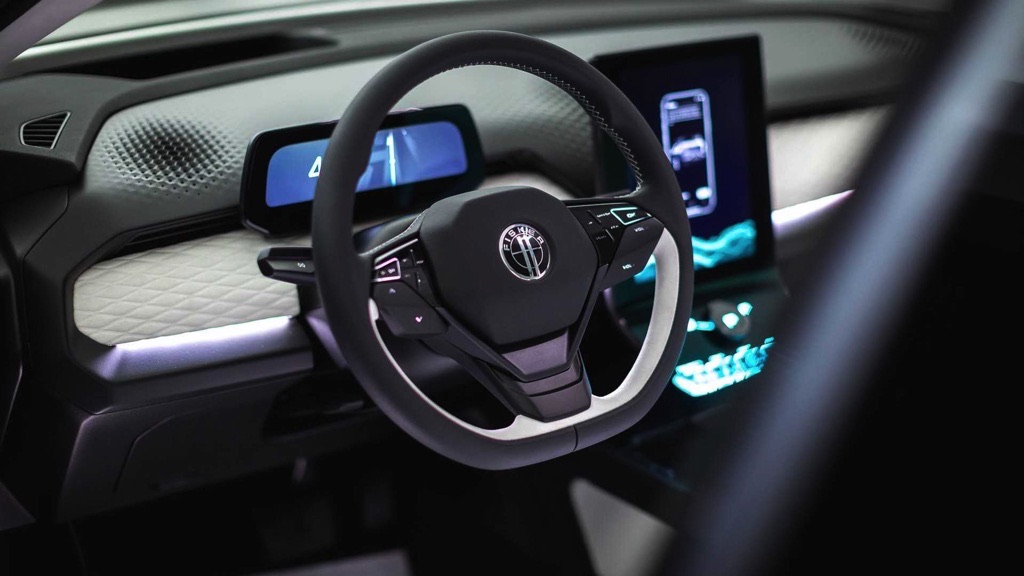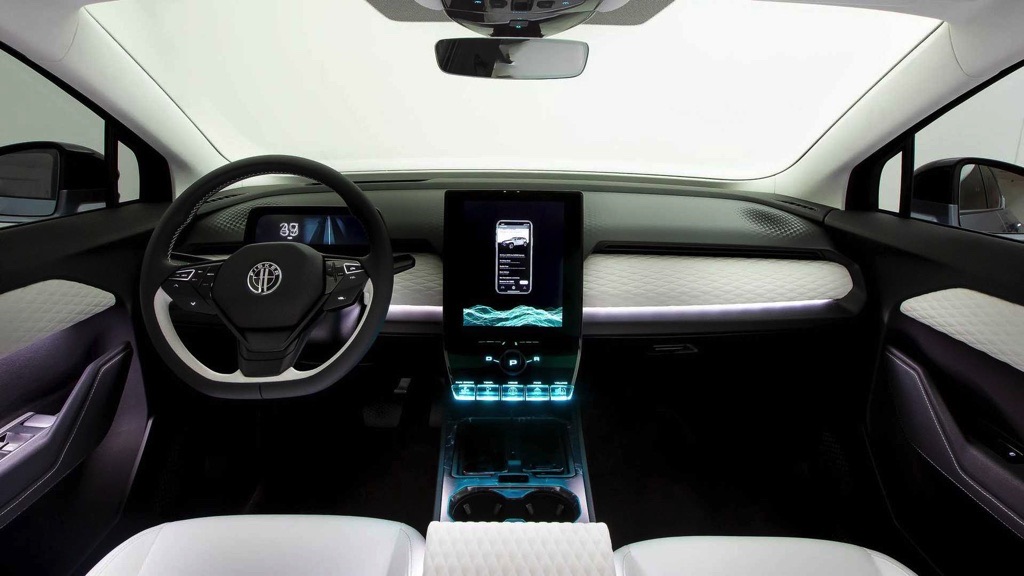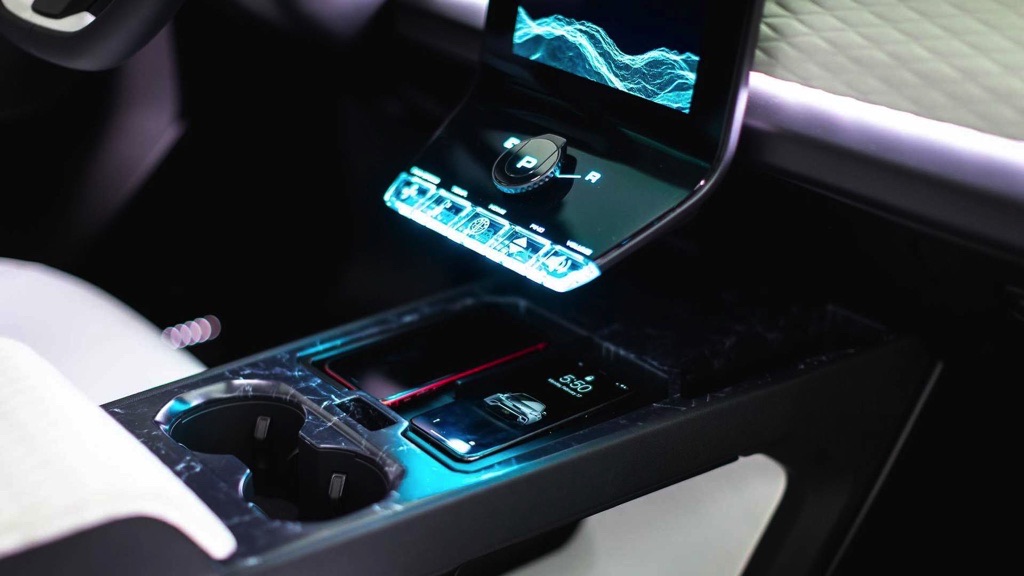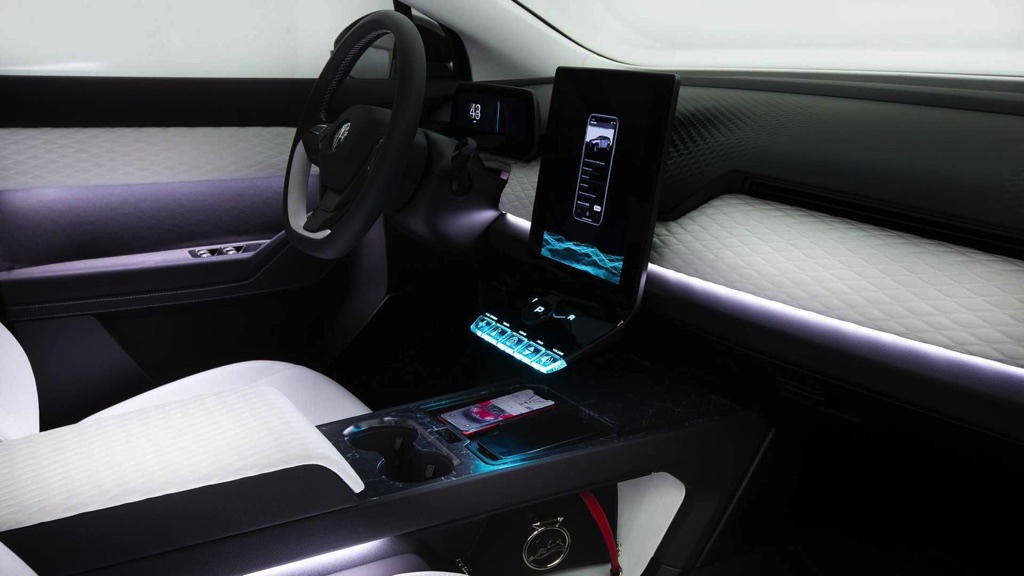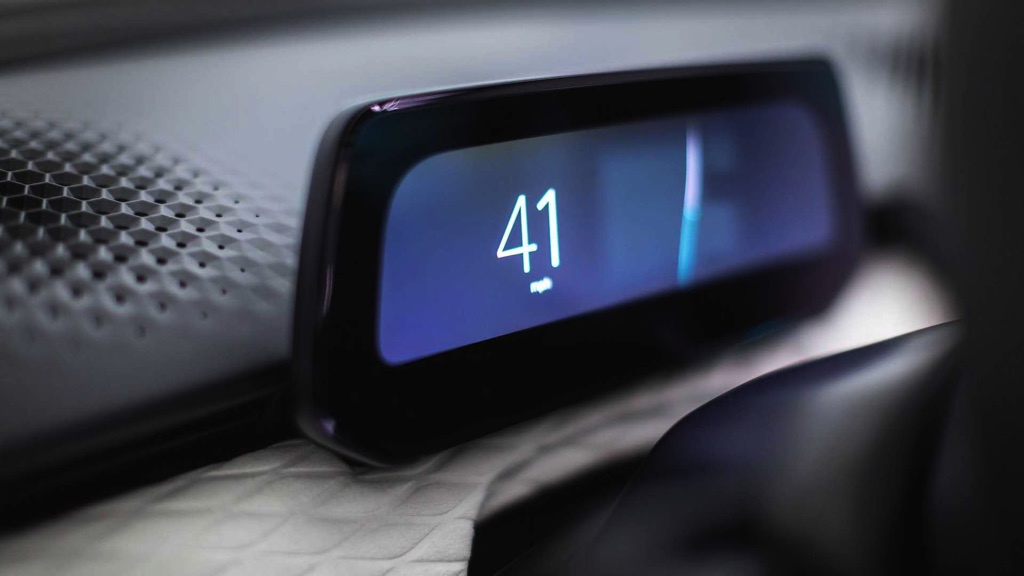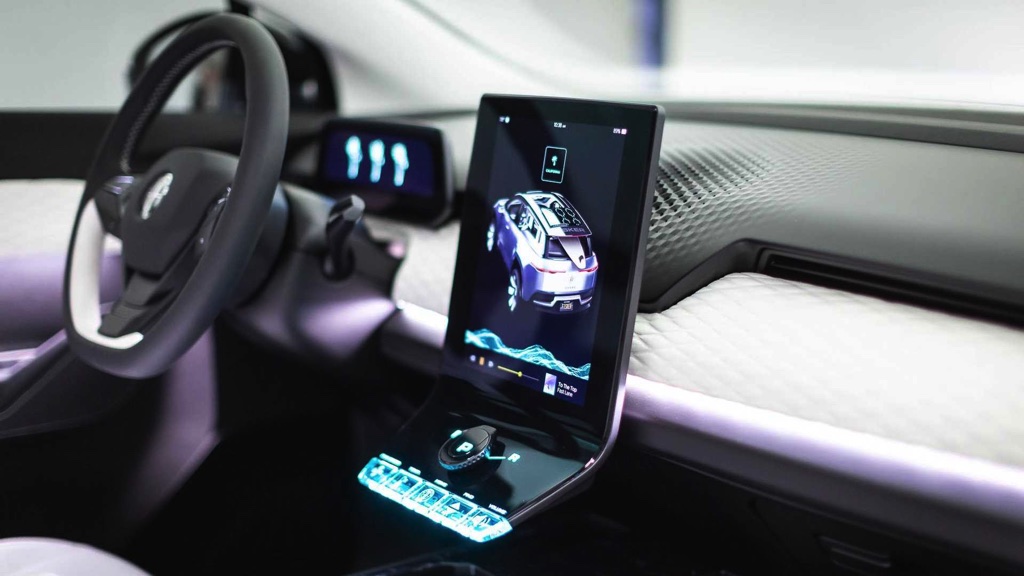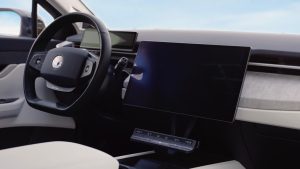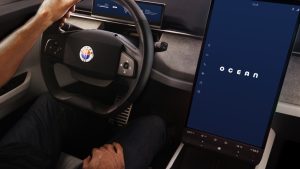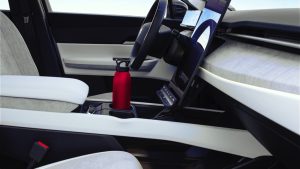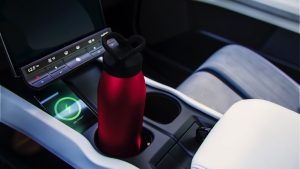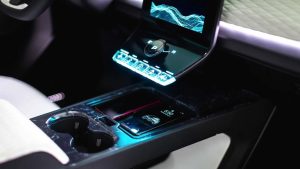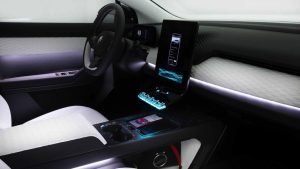Fisker Ocean Sport
The Fisker Ocean Sport is an upcoming electric SUV from Fisker Inc., an American electric vehicle company. The Ocean Sport is an updated version of the Fisker Ocean SUV, which was first unveiled in 2019.
The Fisker Ocean Sport is expected to have a range of over 380 km on a single charge, with a top speed of around 160 km/h. It is also expected to have fast-charging capabilities, which will allow it to charge up to 80% in just 30 minutes.
The Ocean Sport will feature a spacious and luxurious interior, with seating for up to five passengers. It will also have a large touchscreen display for infotainment and other features.
Fisker Inc. plans to begin production of the Ocean Sport in late 2023, with deliveries to customers starting in early 2024. The company has also announced plans to offer a flexible lease program for the Ocean Sport, which will allow customers to lease the vehicle for as little as one month at a time.
| Performance | |
| Acceleration 0 – 100 km/h | 7.4 sec |
| Top Speed | 160 km/h |
| Electric Range | 380 km |
| Total Power | 205 kW (279 PS) |
| Total Torque | No Data |
| Drive | Front |
| Battery and Charging | |
| Battery Capacity | 75.0 kWh |
| Battery Useable | 75.0 kWh |
| Europe | |
| Charge Port | Type 2 |
| Port Location | Left Side – Front |
| Charge Power | 11 kW AC |
| Charge Time (0->380 km) | 8h15m |
| Charge Speed | 47 km/h |
| Fastcharge Port | CCS |
| FC Port Location | Left Side – Front |
| Fastcharge Power (max) | 200 kW DC |
| Fastcharge Time (38->304 km) | 33 min |
| Fastcharge Speed | 480 km/h |
| Energy Consumption | |
| EVDB Real Range | |
| Range | 380 km |
| Vehicle Consumption | 197 Wh/km |
| CO2 Emissions | 0 g/km |
| Vehicle Fuel Equivalent | 2.2 l/100km |
| WLTP Ratings | |
| Range | 440 km |
| Rated Consumption | No Data |
| Vehicle Consumption | 170 Wh/km |
| CO2 Emissions | 0 g/km |
| Rated Fuel Equivalent | No Data |
| Vehicle Fuel Equivalent | 1.9 l/100km |
|
Rated = official figures as published by manufacturer. Rated consumption and fuel equivalency figures include charging losses.
|
|
|
Vehicle = calculated battery energy consumption used by the vehicle for propulsion and on-board systems.
|
|
| Real Energy Consumption Estimation between 136 – 273 Wh/km | |
| City – Cold Weather | 197 Wh/km |
| Highway – Cold Weather | 273 Wh/km |
| Combined – Cold Weather | 231 Wh/km |
| City – Mild Weather | 136 Wh/km |
| Highway – Mild Weather | 217 Wh/km |
| Combined – Mild Weather | 174 Wh/km |
|
Energy use for each trip will vary considerably depending on the driver and the conditions. Therefore, we have provided a range of estimates which can be useful in developing an understanding of the potential benefits of this technology.
|
|
| Dimensions and Weight | |
| Length | 4775 mm |
| Width | 1995 mm |
| Width with mirrors | No Data |
| Height | 1631 mm |
| Wheelbase | 2921 mm |
| Weight Unladen (EU) | 2300 kg |
| Gross Vehicle Weight (GVWR) | No Data |
| Max. Payload | No Data |
| Cargo Volume | No Data |
| Cargo Volume Max | No Data |
| Cargo Volume Frunk | 0 L |
| Roof Load | No Data |
| Tow Hitch Possible | Yes |
| Towing Weight Unbraked | No Data |
| Towing Weight Braked | 1090 kg |
| Vertical Load Max | No Data |
| Miscellaneous | |
| Seats | 5 people |
| Isofix | No Data |
| Turning Circle | No Data |
| Platform | No Data |
| Car Body | SUV |
| Segment | JD – Large |
| Roof Rails | No Data |
| EV Dedicated Platform | No Data |
Home and Destination Charging (0 -> 100%)
A public charging station is required to use the highest possible charging rate. The EVSE/charging station’s charging capacity affects how long it takes to fully charge the battery. The table below shows all possible options for fully charging the Fisker Ocean Sport.
In Europe, plugging an electric car into an outlet is often as easy as plugging it into a household outlet, but there are differences from country to country. The table below shows the different ways to charge the Fisker Ocean Sport, but in some countries some chargers may not be available.
Type 2 (Mennekes – IEC 62196)

| Charging Point | Max. Power | Power | Time | Rate |
| Wall Plug (2.3 kW) | 230V / 1x10A | 2.3 kW | 38h30m | 10 km/h |
| 1-phase 16A (3.7 kW) | 230V / 1x16A | 3.7 kW | 24 hours | 16 km/h |
| 1-phase 32A (7.4 kW) | 230V / 1x32A | 7.4 kW | 12 hours | 32 km/h |
| 3-phase 16A (11 kW) | 400V / 3x16A | 11 kW | 8h15m | 46 km/h |
| 3-phase 32A (22 kW) | 400V / 3x16A | 11 kW | 8h15m | 46 km/h |
Fast Charging (10 -> 80%)
If you want to enjoy driving an electric car, one of the most important features to consider is the number of miles per hour the car can travel while charged. This is called the “range” of the car. All electric cars have a certain range, even if they are 100% charged. This is because they do not have an internal combustion engine to lean on if you need to drive a long distance.
Max. Power: The maximum power provided by the charging point
Avg. Power: The average power provided by the charging point during a session of 10% to 80%.
Time: the time it takes to charge from 10% to 80%
Speed: the average charging rate during the session of 10% to 80%
Combined Charging System (CCS Combo 2)
| Charging Point | Max. Power | Avg. Power | Time | Rate |
| CCS (50 kW DC) | 50 kW | 45 kW | 74 min | 210 km/h |
| CCS (100 kW DC) | 100 kW | 80 kW | 41 min | 380 km/h |
| CCS (150 kW DC) | 150 kW | 90 kW | 37 min | 430 km/h |
| CCS (175 kW DC) | 175 kW | 95 kW | 35 min | 450 km/h |
| CCS (350 kW DC) | 200 kW | 100 kW | 33 min | 480 km/h |
| Brand | Fisker |
| Model | Ocean Sport |
| Body Style | SUV |
| Car Engine | electric |
| Motor power | 205 |
| Battery Energy, kWh | 75.0 |
| Power reserve (NEDC/EPA/WLTP), km | - / - / 380 |
| Level Charging (230/400/DC), hours | 12.0 / 8.15 / 0.33 |
| Electrical Acceleration, 0-100 km/h (0-62.1 mph) in sec | 7.4 |
| Top Speed, km/h | 160 |
